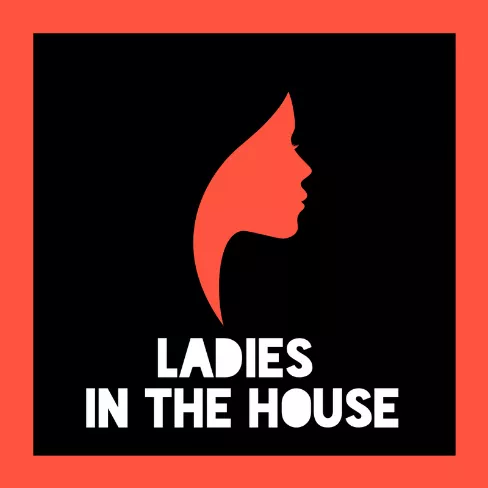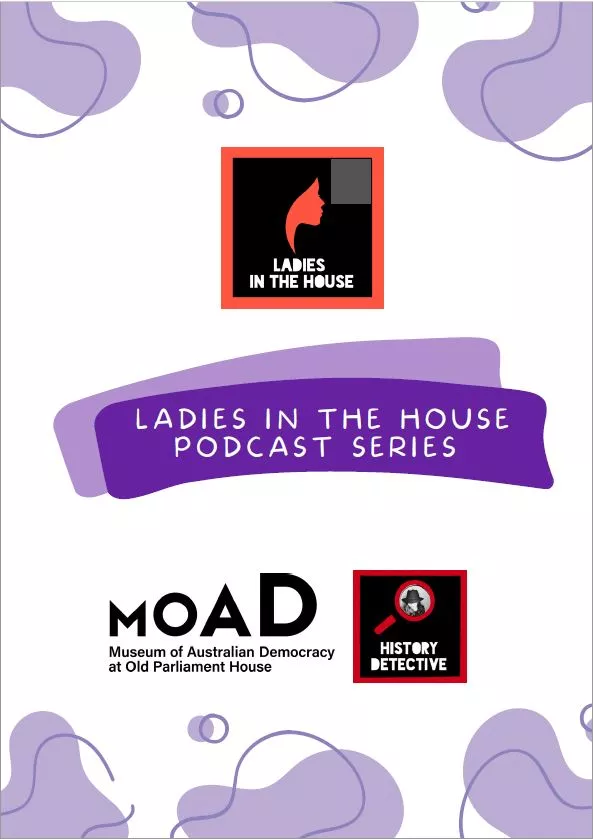Ladies in the House: Episode 5: Oodgeroo Noonuccal
Intro (music)
Hi, this is Kelly Chase and you are listening to Season 2 of a Museum of Australian Democracy and History Detective Collaboration: Ladies in the House. In this 3-part series we are going to celebrate the lives of three incredible women how they took part in Australian democracy.
In this episode I would like to introduce you to Oodgeroo Noonuccal.
Before we begin, I would like to acknowledge the traditional owners of the land on which the Museum of Australian Democracy stands, the Ngunnawal and Ngambri.
Oodgeroo Noonuccal was an Indigenous Australian poet, artist, writer, educator and political activist. And today I would like to look at the pivotal role that she played in the lead up to the 1967 referendum. A referendum is a yes/no vote to make a change to the Australian Constitution.
Changing the constitution is not an easy feat. First of all, you have to get the government to agree to hold the referendum vote, and those things cost a lot of money and time. Secondly, you have to campaign the people of Australia and hope that they will support a “Yes” vote for those proposed changes. Before 1967 there had been 24 proposed changes to Australian constitution and 20 of those had failed.
The 1967 Referendum was held to allow Indigenous Australians to both be recognised as part of the Australian population and for the Federal Government to be able to make laws concerning them. You see in 1901 when Australia was federated, and the politicians wrote the Constitution- that’s the book of rules for the government- and it had some rules about Indigenous people. Firstly, the constitution said that Aboriginal people should not be counted as a part of the Australian population. And secondly, it allowed all of the different states to make laws about Aboriginal people- and this ended up with several states making up laws that severely impacted the rights and freedoms of First Nations peoples.
In 1962, Oodgeroo Noonuccal became the Queensland State Secretary of the Federal Council for Aboriginal and Torres Strait Islander Advancement and she was quoted as saying the following, “These laws hang like chains around our necks. It is time for a change, for a new deal for Aboriginal people." Oodgeroo Noonuccal was also a poet who used her poetry as a form of protest and to give voice to the Indigenous experience. In 1964 when she became the first Aboriginal Australian to publish a book of poetry, there were some terrible laws in Queensland related to Aboriginal people. All of the states had different laws, but Queensland’s were particularly restrictive. Here are a few examples:
⦁ No Aboriginal person could get married without permission of the Director of Native affairs otherwise known as the Protector.
⦁ The Protector could direct employers to pay the worker’s wages to himself, and he also had the right to take possession of and sell any property belonging to an Aboriginal person in Queensland.
⦁ He had the power to remove any Aboriginal person from where they lived to a reserve.
⦁ Additionally, they were not allowed to drink alcohol, and anyone who supplied liquor to an Aboriginal person could be imprisoned for up to 3 months.
So, you can see why Oodgeroo Noonuccal, who was a Lance Corporal in the Army helping to defend her country during World War II, would be incensed at the unjust laws that her people were subjected to.
When Oodgeroo and her fellow activist Faith Bandler met the Australian Prime Minister Sir Robert Menzies while they were campaigning for the referendum, after their meeting, Menzies offered her a drink. She cheekily replied to him, “Mr Prime Minister, you could be jailed for offering me a drink in the place that I come from.” She was referring to those restrictive Queensland laws.
Oodgeroo Noonuccal was ready to campaign for the rights of her people. During this time, she visited several states and launched a petition to hold a referendum to change sections 51 and 127 of the constitution. In the 1960s people were starting to become more aware of the inequities faced by Indigenous Australians. Once the Government agreed to hold the referendum, the “Yes” campaign began. And what is remarkable about this referendum is that there wasn’t even a “No” campaign. The referendum bill had the support of all major political parties. Not a single senator voted against it.
All of her hard work campaigning and working with other Indigenous rights groups paid off, on the 27th of May 1967 the Australian population overwhelming voted “Yes”. 90.77% in fact. This was the biggest landslide referendum in Australian history and those unfair “protection” laws that the states of Australia had, could finally be abolished. While this was a landslide “Yes” vote, things did not improve immediately. The changes to the constitution did not automatically fix the centuries of dispossession and mistreatment of the Indigenous Australian people. Oodgeroo continued to fight to educate the Australian people about the unfair treatment that our First Nations people continue to experience.
Call to action (music)
What I would like you to think about today is what are some of issues in society that you see as unjust? What kind of action could you take to make your community more inclusive and welcoming to all people?
This is Kelly Chase, on the case.
Before I go, if you are a teacher and would like a free lesson plan for this episode, or any of the season one or season two Ladies in the House episodes, you can head to the Classroom Resources page on the Museum of Australian Democracy website to download the lesson plan. The lessons include pre-listening vocabulary, reflection questions, a call to action activity and the transcript. You’ll find a link to the page in the show notes.
See you next time!







